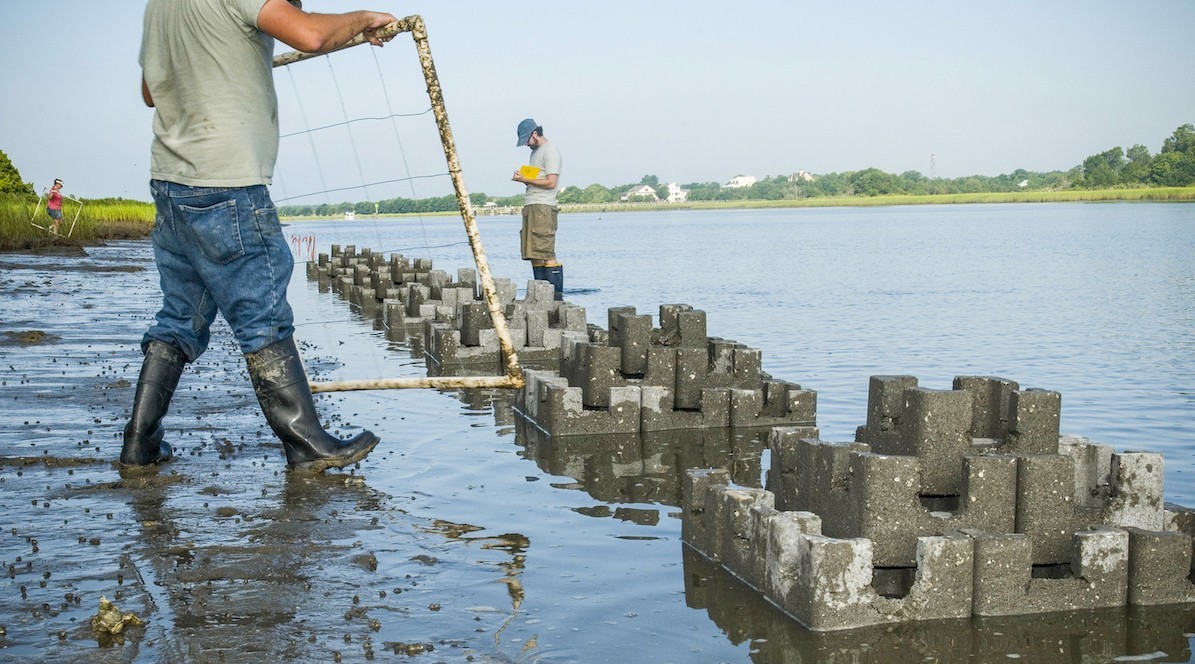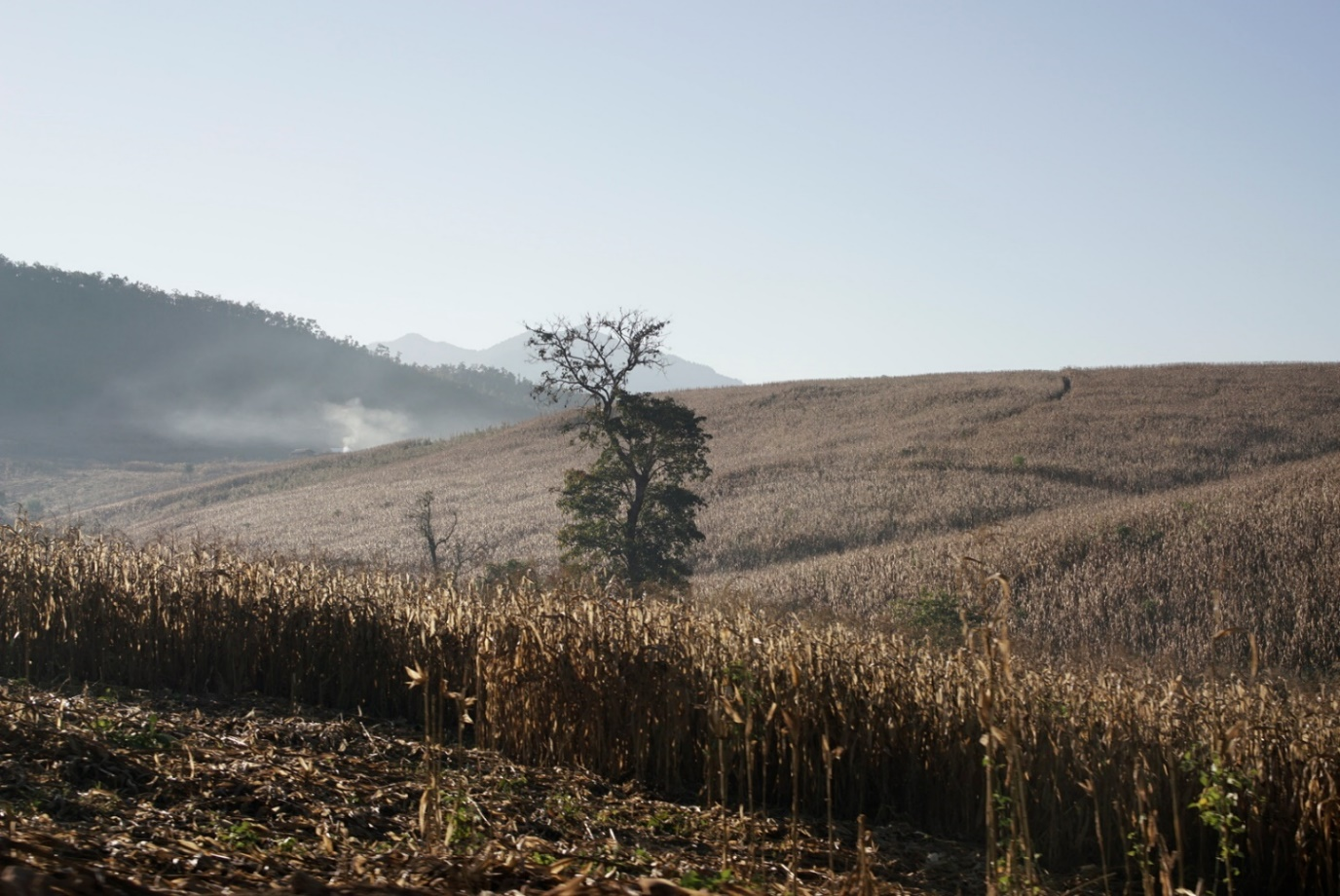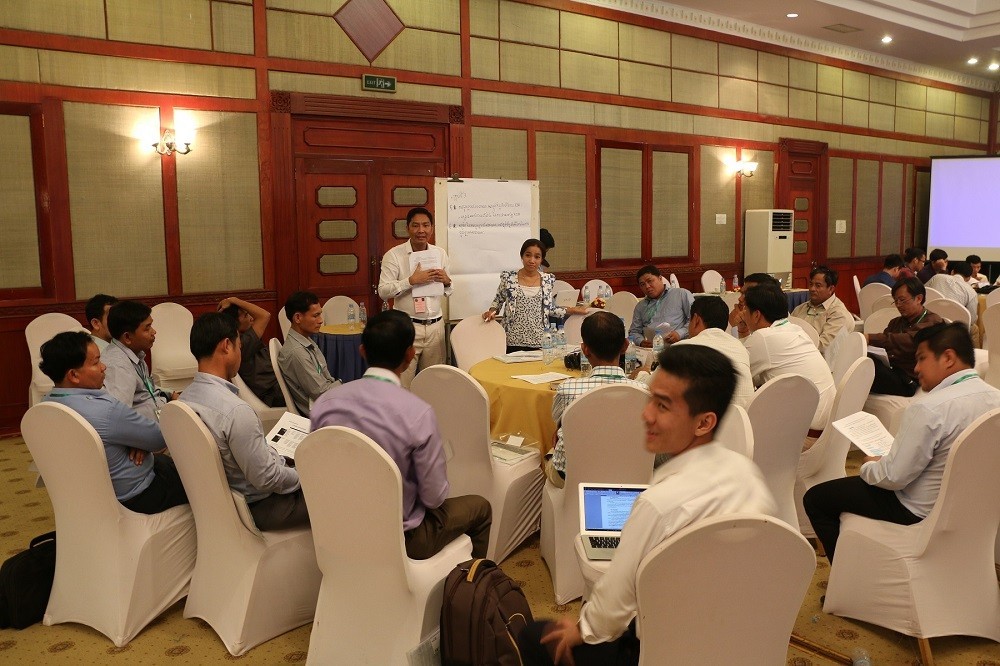The government is planning on reviewing the status of dams throughout the country to see if they are worth keeping. U Htun Win, deputy minister for agriculture, livestock and irrigation, told parliament on August 2 that the review would take into account the efficiency, cost-effectiveness and long-term benefit of the dams.
A shift in policy, away from building dams and toward running irrigation channels to farmland, has already led to a 50 percent cut in the request for irrigation funding next year. The ministry’s assistant secretary, U Myo Tint Tun, told The Myanmar Times on July 18 that expenditure in 2017-18 would be less than half of this year’s level, falling from K253 billion (US$216 million) to K120 billion. The funds would be used primarily to provide irrigation drainage to existing dams that lacked it.
U Htun Win was responding to a question in Pyithu Hluttaw from U Lin Lin Kyaw (NLD; Myitthar) regarding the profitability or otherwise of dam projects. He said there were particular questions about the effectiveness of Kin Tar diversion dam in Meiktila, Mandalay Region, which accumulates water by pump action instead of relying on natural gravity.
The deputy minister said, “A team is being set up to consider this question and make recommendations on a course of action if it is found that the dams are not profitable, beneficial or cost-effective.” The team would also consider dams currently under construction.
Earlier administrations, including the military regime, had built dams without considering either the environmental or the social impact, the deputy minister said. “We have found that many dams have had serious impacts on surrounding forests and mountains, leaving many with a very bitter experience. We have to consider what benefit these dams have.”
Although there are more than 500 dams for projects like the Meiktila Land Greening, many lacked the drainage networks necessary to irrigate surrounding fields.
“There are many cases of dams without drains, and worse,” he said. Some dams built to provide the dry zone in central Myanmar with drinking water had turned out to more expensive than other commercial solutions. The team’s findings would guide the government on what action should be taken over the dams’ future.
The deputy minister also said that a huge program developed under the former military regime to pump river water into irrigation channels to increase paddy yield would be scrapped because it did not work.
“Out of 300 river water projects, 170 have been stopped,” he said.




